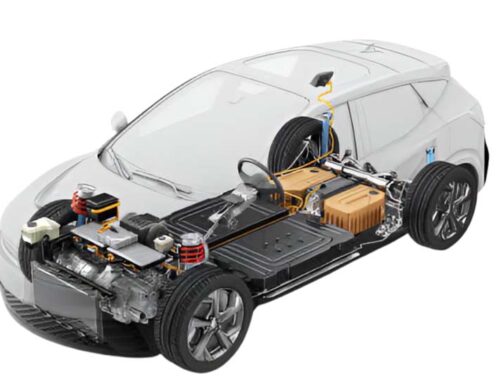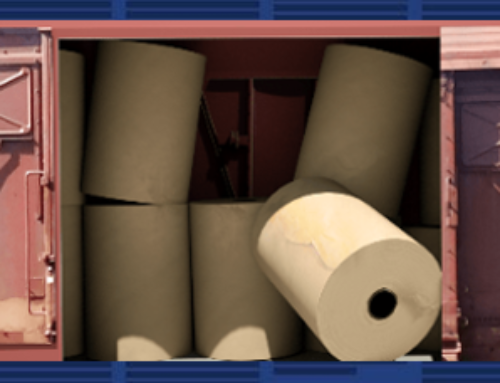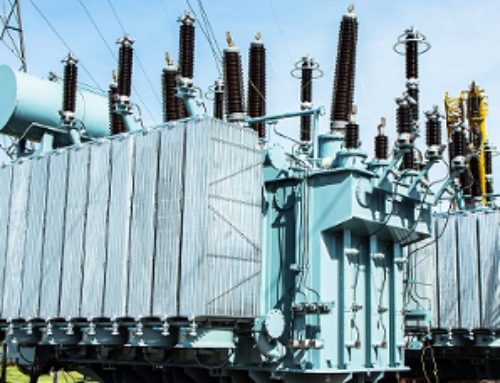Increase in Damaged Shipments
Impact-O-Graph keeps getting more and more customers asking “why are we experiencing damage to our shipments now?” Some individuals have said to us that their packaging was designed extremely well and they rarely saw any problems with damage in the past so why is damage happening now they ask. What is going on?
So why are companies seeing an increase in damage to their goods in transit? We keep hearing this question so much, we decided to investigate this problem and share our findings.
Causes to the Recent Surge in Shipping Damage
- Tremendous growth in e-commerce equals higher growth in parcel shipments. The parcel shipment trend shows a 17-28% increase projection per year from 2019 forward based on Parcel Shipping index reports. In addition, the pandemic has altered purchasing habits contributing to higher-than-normal demand online resulting in more parcel shipments. The unprecedented volume in shipments creates an increased opportunity for damage. Ordering online is here to stay and will keep growing.
- The increased parcel shipment volume puts greater strain on carrier employees to get shipments moved and delivered on-time. The never-ending need for speed to deliver can, in some cases, cause negative behavior in personnel. This results in handlers throwing boxes when loading or unloading trucks to speed up the process. Also, the lack of carriers finding adequate number of employees to support handling puts even greater pressure on the existing employees. Rougher handling caused by tossing boxes and dropping shipments will contribute to damaged goods.
- Cross-docking is a newer trend that helps get products to customers faster. However, it requires unloading inbound freight from one truck to another truck, or holding it in a warehouse or terminal for a very short period of time then loading the package onto another truck for outbound The result is increased handling and potential risk for damage.
- Impact-O-Graph visited a local distribution and sorting facility of a leading parcel carrier to see first-hand how parcel shipments are handled. The newer facility is a super-sized high speed automated distribution center – overwhelmingly big. The conveyors carrying parcels are three to five stories high moving goods at high rates of speed. Nearly all handling is performed at the loading docks for loading and unloading. The important takeaway here is the conveyor heights that have increased in these facilities. The unfortunate boxes falling from these substantially increased heights will most certainly be damaged.
- Improved automation technology allows for increased conveyor speeds to get parcels sorted faster for loading on delivery trucks for rapid delivery. This is great for customers getting their goods quickly but damage can happen. Jams can occur with high-speed conveyors, crushing boxes and falls will happen. The technology is great but the high speeds will eventually cause damage to some shipments.
What Can You Do?
The first thing to do is re-examine your packaging for the products that are getting damaged. Even though your business has designed excellent packaging, it may require some adjustments to handle rougher treatment.
Second, if you don’t already know what the threshold for damage is for a specific product, it would be a good idea to determine what g force causes damage. To understand more about this, read here about g force and download our report on how to determine sensitivity.
Third, if you are working with one specific carrier and have not visited your local distribution facility, it would be worthwhile to schedule a visit. You can discuss your damage issue with the manager of the facility to see if there is any support the carrier can provide.
Fourth, monitor your shipments. Determine the best indicator to monitor your shipment and include a warning label that your shipment is being monitored. The handler will think twice before throwing the box. Read the benefits to monitoring your shipments and using impact indicators.
Conclusion
Rapid changes in the supply chain mean businesses need to adapt their methods if increased shipping damage is occurring. Changes in distribution facilities and methods of handling will also evolve that may contribute or hopefully reduce damage to your shipments. Monitoring your product with an impact indicator works. Talk with one of our friendly and knowledgeable advisors to find out more.








